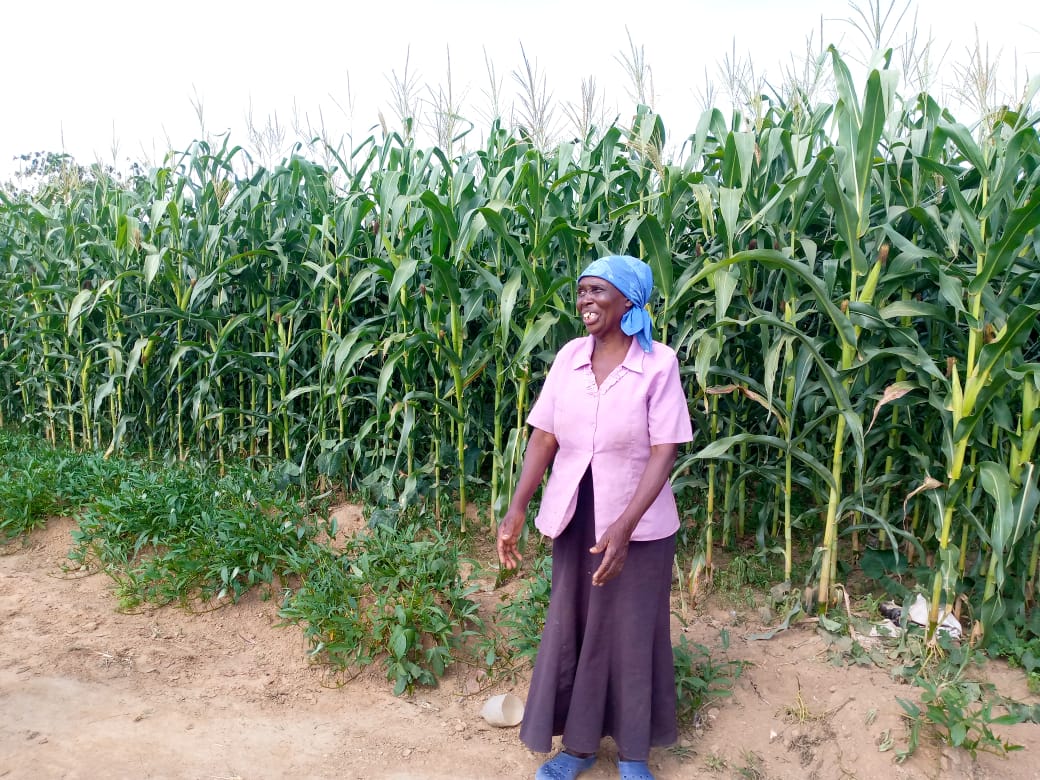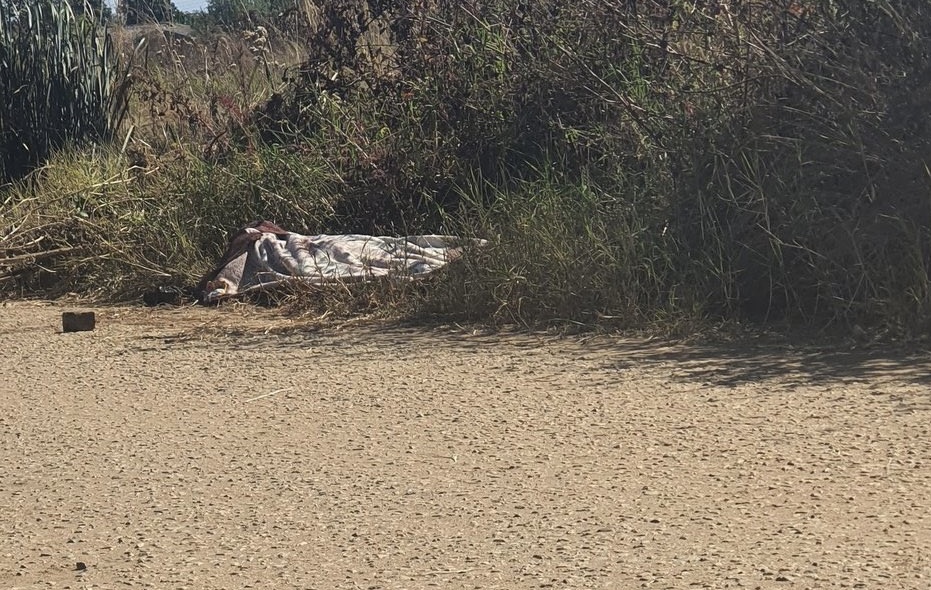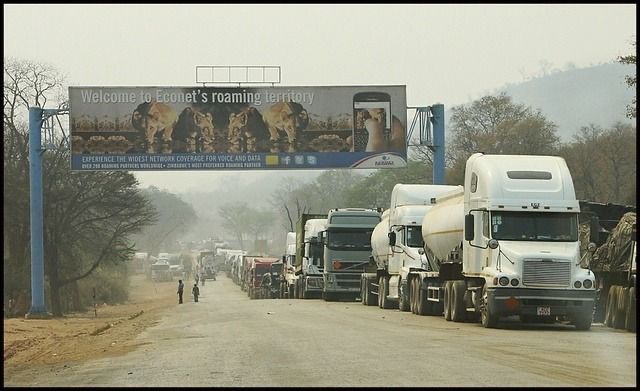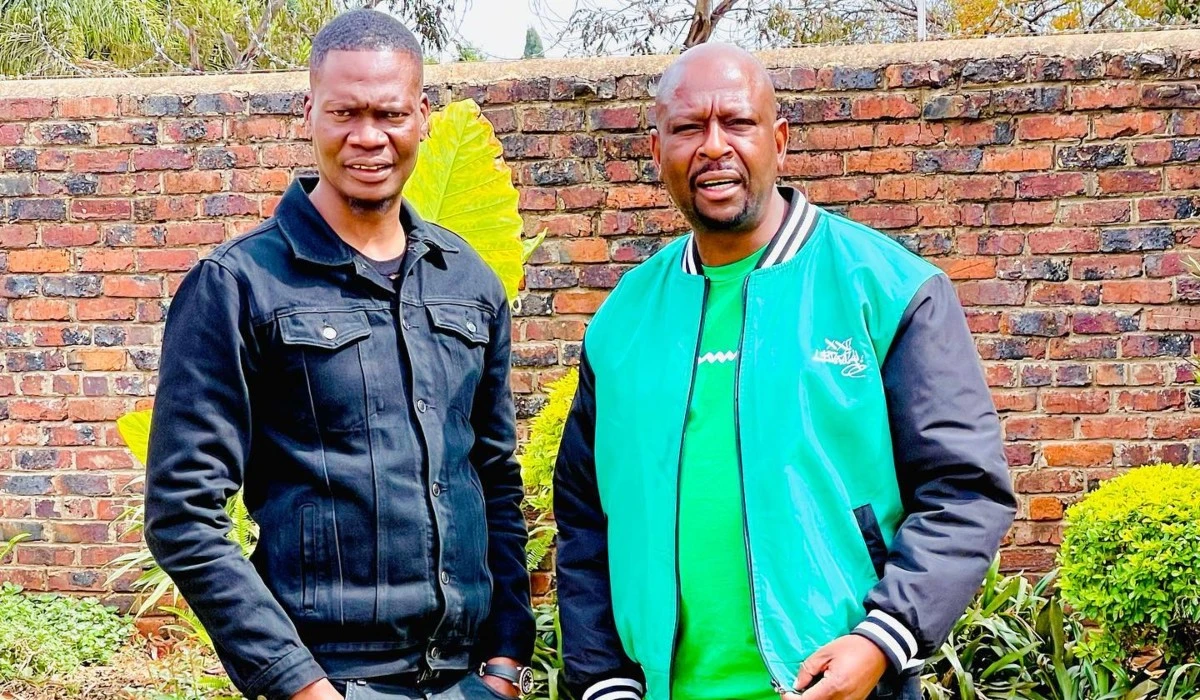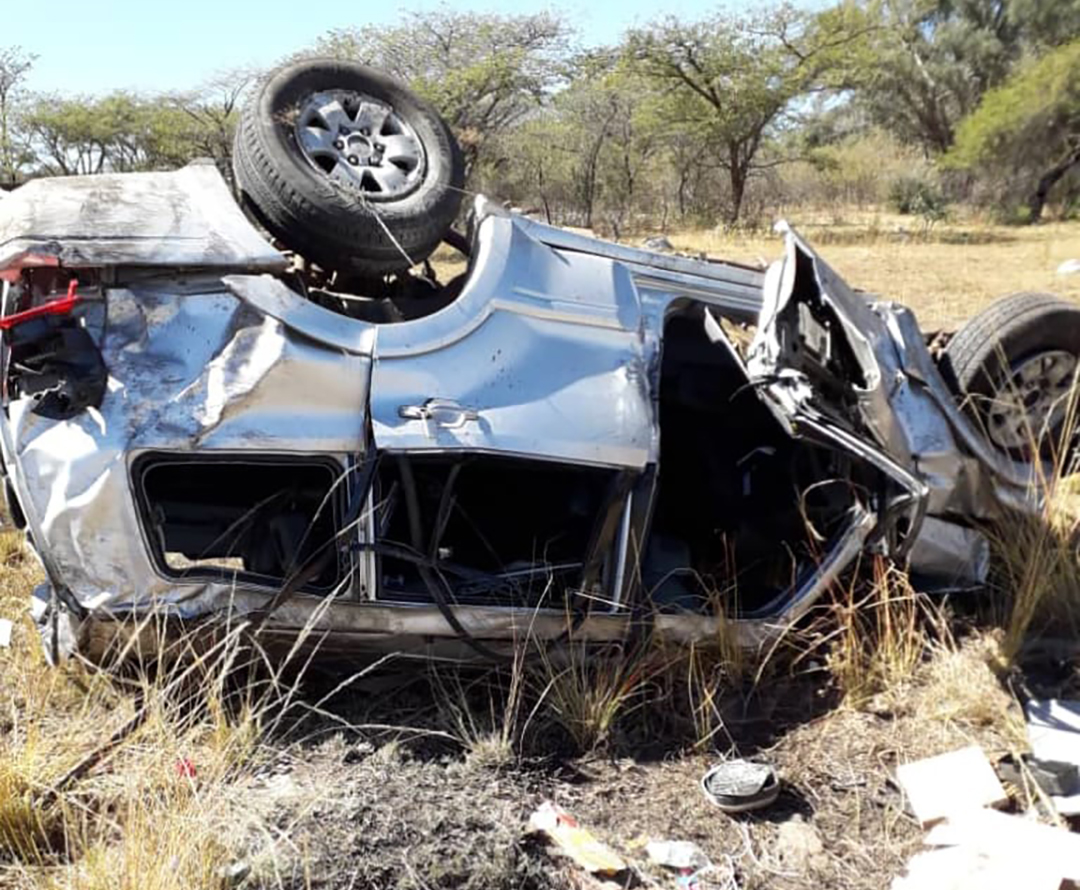HARARE – The Zimbabwe Carbon Association (ZCA) has hailed the government’s carbon credit framework, praising its potential to unlock investment in the climate change mitigation sector.
Introduced last April, the framework aims to regulate the market and attract more funds.
ZCA chairperson Nick De Swardt lauded the framework’s clarity, stating it provides transparency for investors and streamlines project approvals.
“Now that the dust has settled, the industry has had a chance to look at the SI, gauge the market in response to SI,” he said.
“There is a lot that is really helpful, and what I mean by that is until we had the SI, this was unregulated space.
“So, if you were an investor that wanted to come in the country, you don’t know who else is investing and what they are doing.
“You don’t know who to approach in the government to get authority to do your project.
“The clarity that’s provided in the SI is extremely useful and I think it’s something that will really assist investment coming into this country.”
SI 158 of 2023 underscores article 6 (2) of the Paris agreement which details the matter of Corresponding Adjustments that ensures emission reduction is not counted as a mitigation by two different countries.
De Swardt emphasized that SI 158 of 2023, with its Corresponding Adjustments feature, has significantly enhanced Zimbabwe’s potential to unlock investments in the carbon credits market.
“The second thing is that the SI mentions prospects of a corresponding adjustment that tells buyers of our carbon credits that the government won’t double count that are bought with that corresponding adjustment against our NDCs (Nationally Determined Contributions).
“That is a very valuable thing from a marketing perspective,” said De Swardt.
De Swardt said ZCA was currently seeking discussions with the government to establish a beneficiation system that considers project types, duration, and stakeholder involvement.
In August last year, government revisited its previous tax regulations allowing developers of carbon credits to keep as much as 70% of the proceeds for the first decade of the project, with 30% paid as an environmental levy.
De Swardt however expressed concerns about the 30% government levy on carbon credit revenue arguing this could discourage potential investors and suggests a more nuanced approach that relaxes the levy and ensures potential investors funds came smoothly be transacted by our local banks without hassles.
“The first thing that will attract the investors is getting the corresponding adjustment right, that specific language in our bill that enables credits issued here to have a corresponding adjustment in the eyes of the global market, if we get that right that will be a huge incentive for money to come.
“Secondly, I think at the moment the levy as it stands makes climate mitigation the most heavily taxed sector in this country.
“We all know tax is a disincentive if you tax something heavily people don’t do it.
“So one of the things we have to consider is how we adjust that framework so that we incentivise the market, now that doesn’t mean giving everyone a free ride.
“I think investors will pay for quality service from the DNA (Designated National Authority) and the ability to move their funds into the country smoothly, open bank accounts, if all these things are working well people are prepared for that,” said De Swardt.

